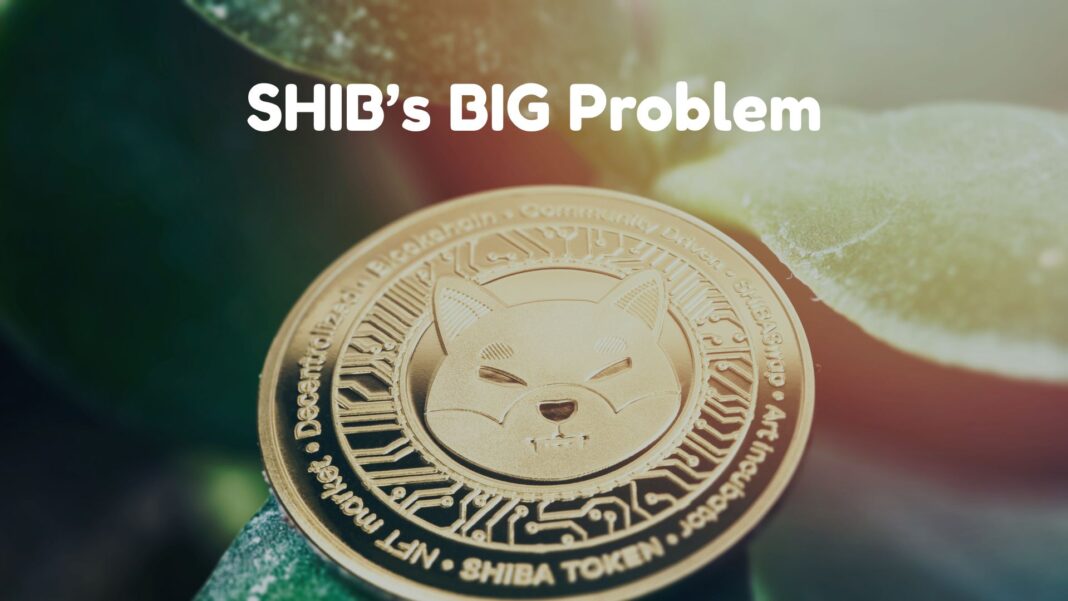Despite efforts from its developers and a surprisingly crypto-friendly U.S. government, Shiba Inu (SHIB) continues to struggle with adoption and price appreciation. Recent innovations like the Shibarium Layer-2 blockchain (launched in 2023) aimed to reduce transaction costs and clunkiness associated with the underlying Ethereum network. However, these improvements haven’t significantly boosted the token’s appeal as a transaction mechanism.
Developers have tried other initiatives to reignite interest in SHIB, including the digital card game Shiba Eternity (launched in 2022) and an early access program for a metaverse (launched in late 2024) where SHIB tokens can be used for customization. So far, none of these efforts have moved the needle.
Even a shifting political landscape in the U.S. hasn’t provided the necessary lift. President Donald Trump’s administration, increasingly seen as pro-crypto, has taken steps like establishing a digital asset stockpile from seized criminal cryptocurrencies and appointing a pro-crypto chairman to the SEC. While this has propelled other cryptocurrencies like Bitcoin to new highs, Shiba Inu remains in a slump.
The Persistent Supply Problem: A Trillion-Dollar Valuation Dilemma
Beyond adoption challenges, Shiba Inu faces a massive supply issue that severely limits its potential for another historic rally. With approximately 589.2 trillion tokens in circulation, SHIB’s current market capitalization stands at about $7.3 billion (at a price of $0.0000127 per token).
The sheer volume of tokens means that for SHIB to reach a seemingly modest price of $1 per token, its market capitalization would balloon to an astronomical $589.2 trillion. To put this in perspective, this figure would exceed the entire global wealth, which was estimated at $454 trillion at the end of 2022 by UBS.
The Shiba Inu community has attempted to address this supply glut through “burning” tokens, which permanently removes them from circulation by sending them to an inaccessible “dead wallet.” The theory is that reducing supply should proportionally increase the token’s price, potentially paving a path toward that elusive $1 mark.
Value Creation vs. Price Manipulation: Time for Investors to Reconsider?
While burning tokens could theoretically lead to higher prices, it doesn’t inherently create any fundamental value. If all investors participated in burning, any price increase would be offset by their reduced individual holdings, leaving their net financial position unchanged.
For Shiba Inu to achieve sustainable, long-term value, it needs a genuine use case that compels consumers, businesses, or investors to actively buy and utilize the tokens. Despite five years since its creation, significant progress on this front has been minimal, and there are currently no major developments in the pipeline that appear capable of changing this narrative.
Given these persistent challenges and the lack of a compelling use case, the path of least resistance for Shiba Inu appears to be downwards. This suggests that investors might want to exercise extreme caution or consider avoiding it altogether.
A Look at Investment Alternatives
Before considering an investment in Shiba Inu, it’s worth noting that analyses from financial experts often highlight other opportunities. For instance, The Motley Fool Stock Advisor analyst team recently identified 10 top stocks they believe are strong buys, and Shiba Inu was not among them. Their past recommendations have shown impressive returns; for example, a $1,000 investment in Netflix in December 2004 would now be worth $669,517, and a similar investment in Nvidia in April 2005 would be worth $868,615.
Stock Advisor’s total average return is 792%, significantly outperforming the S&P 500’s 173%. This emphasizes the importance of researching fundamentally strong assets with clear value propositions.




